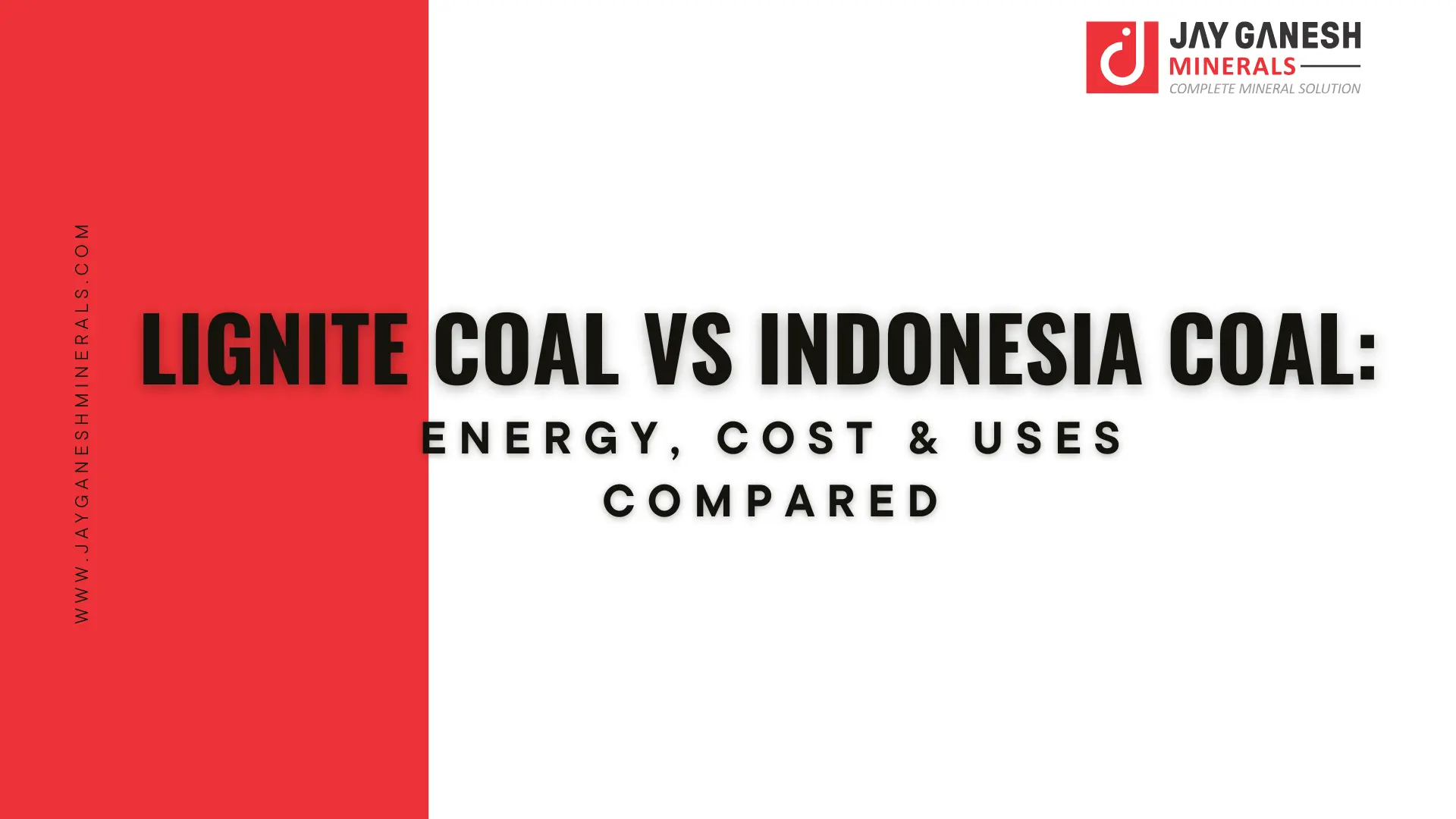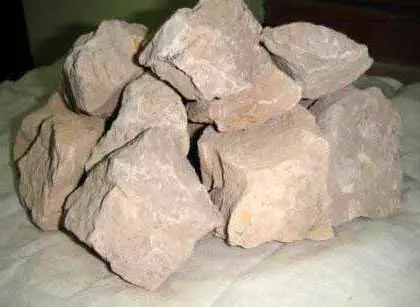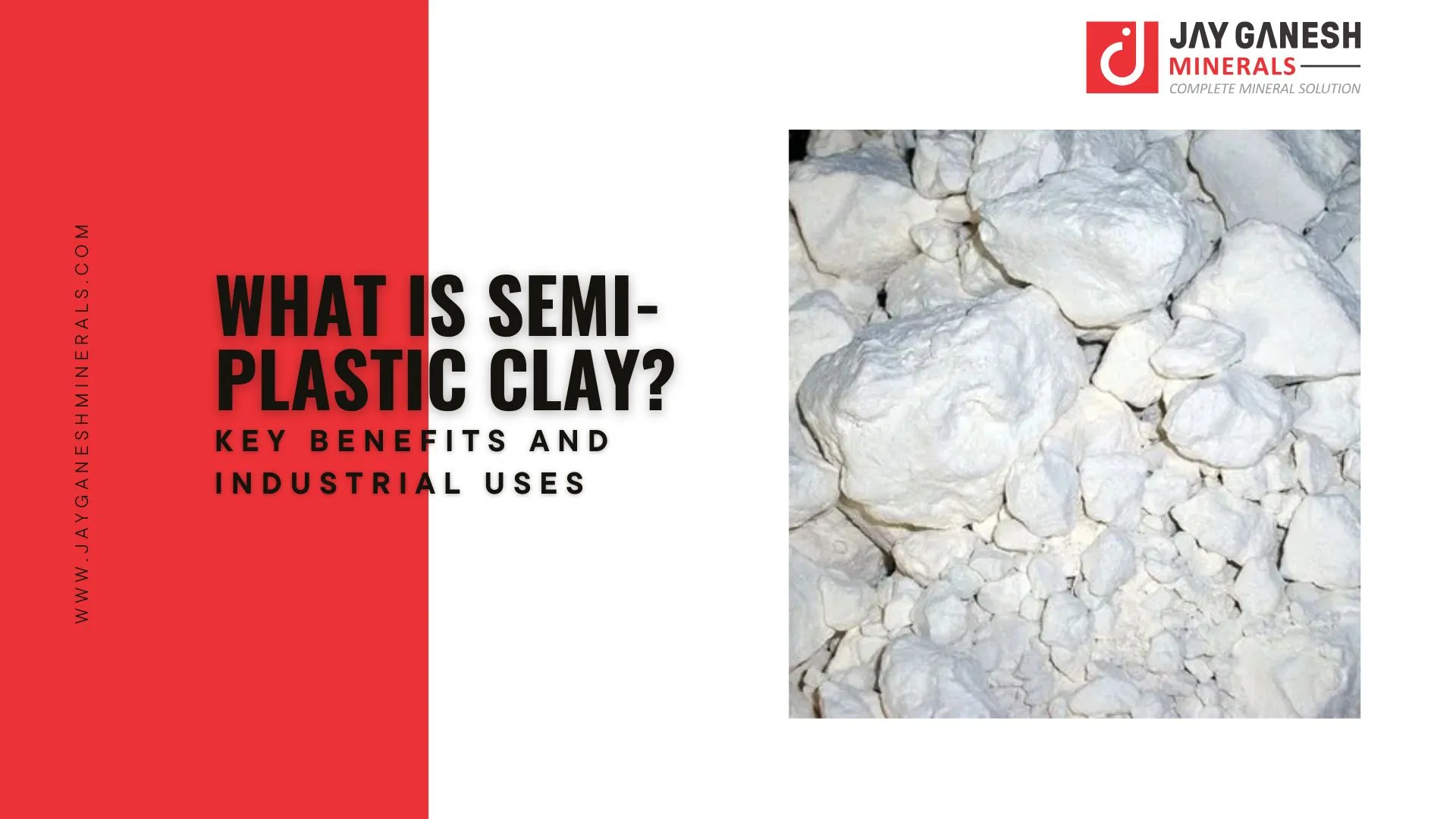
Lignite Coal vs Indonesia Coal: Energy, Cost & Uses Compared
04 December, 2025
03 April, 2025
Semi-plastic clay serves multiple industries because it falls between the characteristics of plastic and non-plastic clay types. Both industries and construction entities and artistic sectors depend heavily on semi-plastic clay because of its unique properties. This section details what semi-plastic clay represents along with explaining its contrast to other clay types and explaining its crucial functions in industrial applications.
The middle range plasticity of semi-plastic clay enables people to shape it easily yet keeps sufficient strength in place. This clay material stands between the high plasticity of specific clays and the rigid characteristics of others thus making it applicable across various industrial uses.
The special features of semi-plastic clay drive its exceptional value within multiple business sectors. The material functions as basic material in ceramics and construction and paper production and paint production as well as rubber production. The material stands out due to its handling features and heat resistant properties thus becoming a top selection in production settings where both robustness and plasticity requirements exist.
The application of semi-plastic clay in different fields depends on proper comprehension of its fundamental characteristics.
Semi-plastic clay obtains its composition from combining silica, alumina, feldspar, and iron oxides minerals together. The precise mineral breakdown of a clay starts from its original geological formation followed by artificial refining methods. These minerals produce three significant traits in semi-plastic clay through their combined action and enable it to withstand thermal heat.
The degree to which clay shapes easily depends primarily on the plasticity property. Semi-plastic clay demonstrates moderate workability properties due to which it can be easily shaped throughout the production process. The manufacturing process of pottery and bricks benefits from this clay property since shape formation and drying steps are essential.
The semi-plastic clay framework effectively snaps moisture which supports better working conditions before it loses its dampness. Semi-plastic clay stands apart from excessive-shrinking clays because it holds together well during the drying process which results in superior overall product stability.

The classification of semi-plastic clay occurs through two elements: mineral content and origin.
Various industries use semi-plastic clay as an optimal material due to its multiple advantages.
Semi-plastic clay responds well to shaping and molding through its balanced plasticity because this feature benefits industrial operations that need detailed precise designs.
Fatal drying and firing defects in finished products occur less frequently when using semi-plastic clay as opposed to highly plastic clays.
Due to its chemical composition semi-plastic clay delivers products with excellent durability that maintains performance when exposed to high heat exposure as well as mechanical strain and environmental exposure.
Semi-plastic clay provides industries producing ceramics paper and rubber with an economical solution due to its simple manufacturing process and minimal material loss.
The different industries adopt semi-plastic clay because of its multiple applications.
Various processing techniques must be used to extract semi-plastic clay as well as purify it into required standards of quality.

Semi-plastic clay extraction together with its processing operations produces substantial environmental consequences.
| Feature | Semi-Plastic Clay | Plastic Clay | Non-Plastic Clay |
|---|---|---|---|
| Plasticity | Moderate – easy to shape but retains structure well. | High – very soft and flexible, easily deforms. | Low – stiff and difficult to mold. |
| Workability | Balanced – suitable for both hand-building and machine processing. | Excellent – ideal for intricate designs but may require extra support. | Limited – hard to shape, used mainly for industrial purposes. |
| Drying Properties | Good – minimal cracking and warping. | Poor – prone to high shrinkage and cracking. | Fast drying – but may become too brittle. |
| Shrinkage | Moderate – prevents excessive contraction. | High – requires careful drying and firing. | Low – maintains its size well. |
| Porosity | Medium – absorbs some water but remains stable. | High – very absorbent, making it soft and flexible. | Low – dense and resistant to water absorption. |
| Strength | Durable after firing, suitable for various applications. | Fragile when wet, strong after firing. | Very strong, even before firing. |
| Firing Temperature | Medium to high – varies based on composition. | Low to medium – often used in fine ceramics. | High – suitable for heat-resistant applications. |
| Common Uses | Ceramics, firebricks, sanitaryware, sculpting. | Porcelain, pottery, decorative ceramics, tiles. | Refractory materials, industrial ceramics, structural bricks. |
Multiple elements determine the selection of suitable semi-plastic clay minerals.
The mix of plasticity and durability in semi-plastic clay makes it an adaptable industrial substance because of its wide number of applications. Its average plasticity rate combined with durability and price efficiency makes it an essential material in the ceramics and construction industries among others. Semi-plastic clay research will progress toward technology developments to boost efforts within its valuable resource industry scope. Jay Ganesh Minerals is a trusted supplier of premium Semi-Plastic Clay which serves different industrial applications with high-quality well-processed clay products.
Jay Ganesh Minerals specializes in providing top-grade China Clay and Ball Clay and White Clay and Processed Clays according to industry standards. Businesses choose the supplier because of the high-quality products backed by their commitment to reliability.

Whatsapp Chatx
Hi! Click one of our representatives below to chat on WhatsApp or send us email to [email protected]

|
Mr. RAJESH +91 99130 87000 |

|
Mr. JIGNESH +91 89800 70055 |

